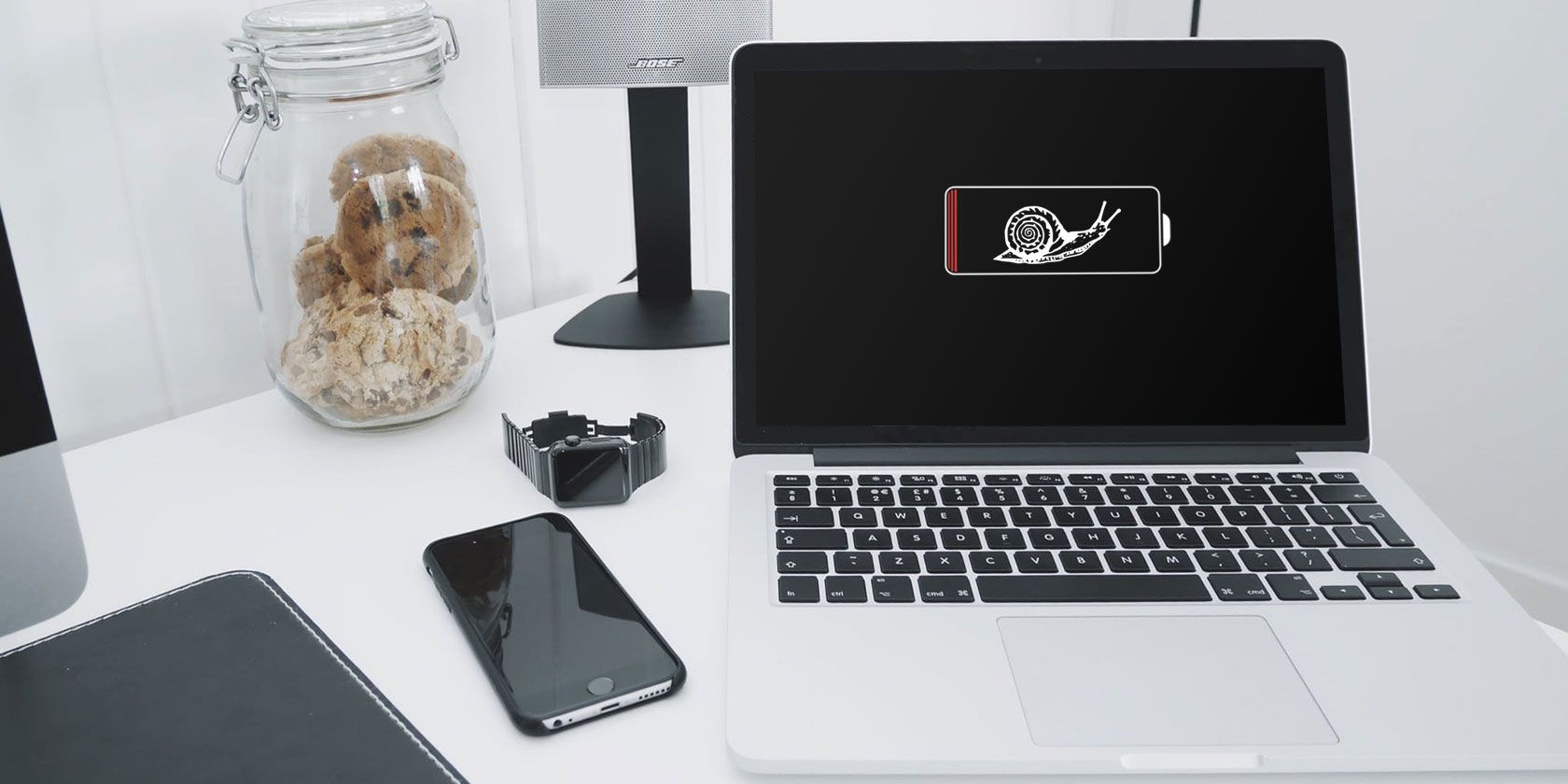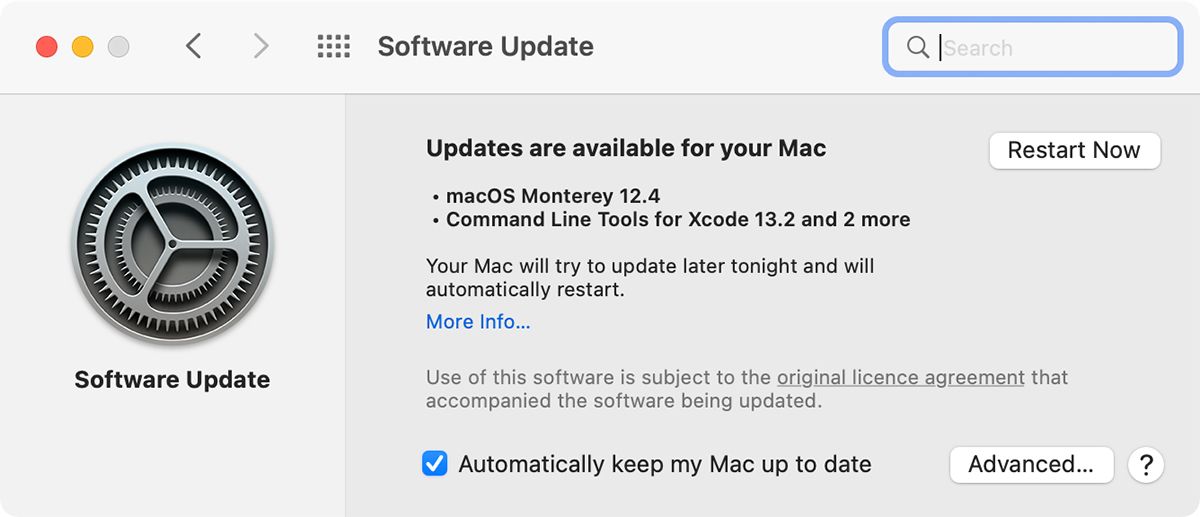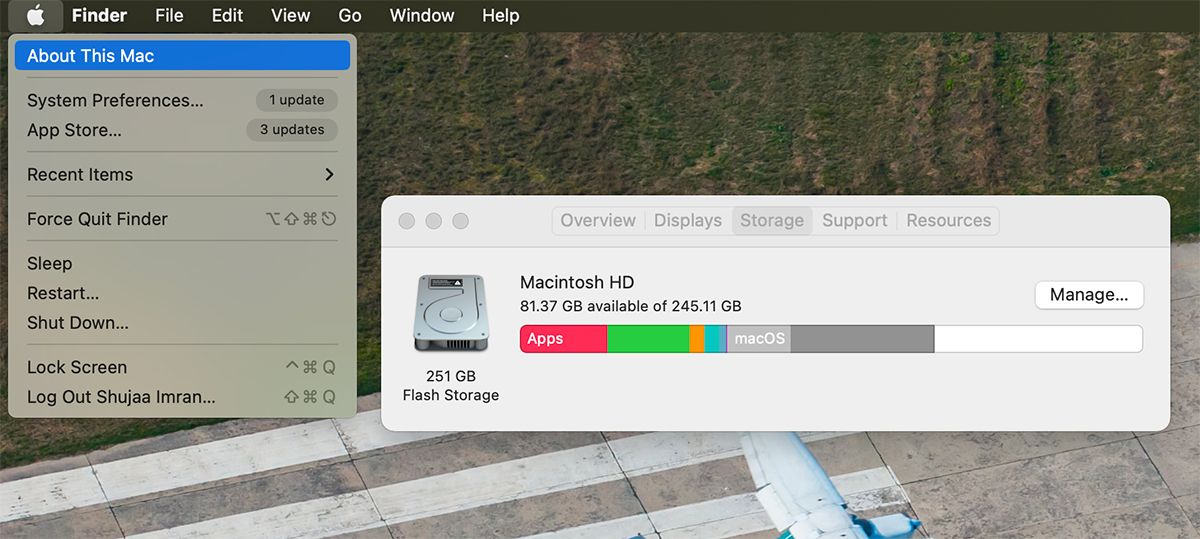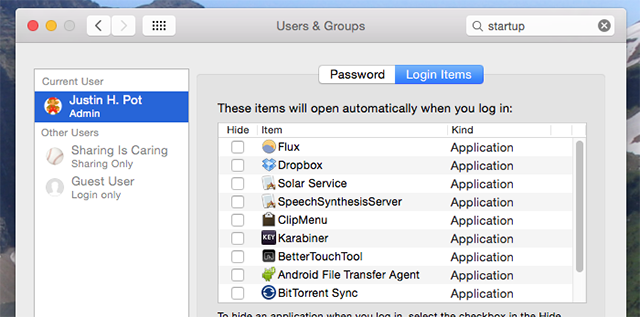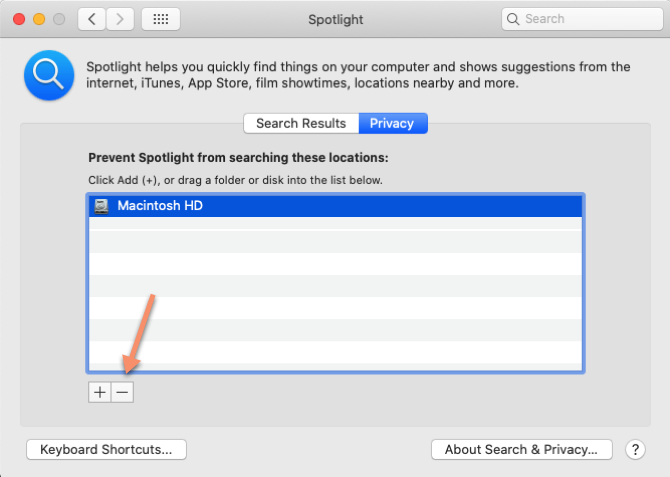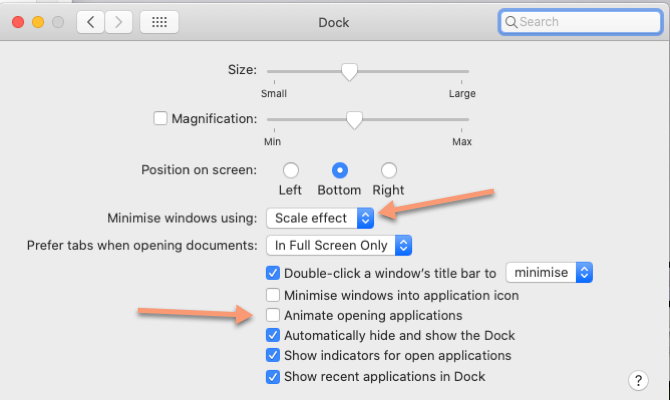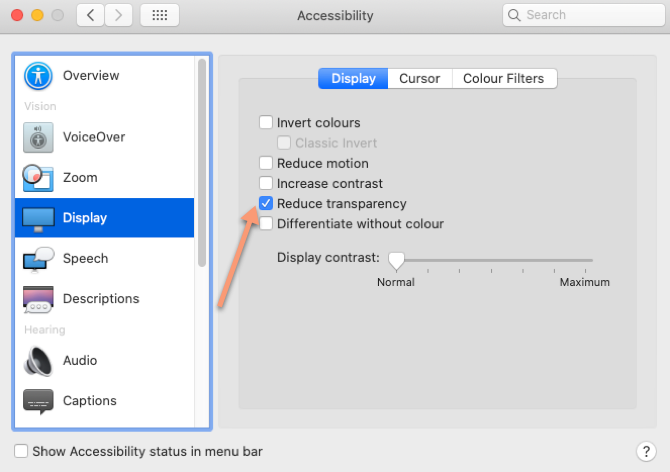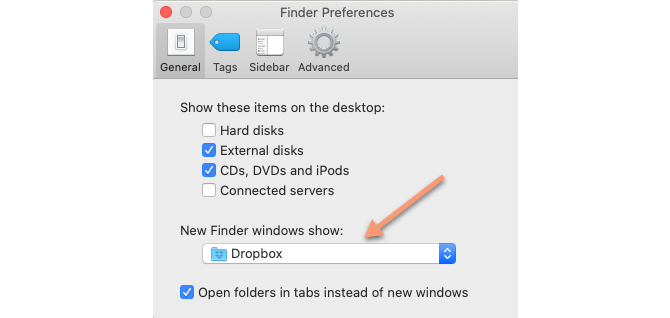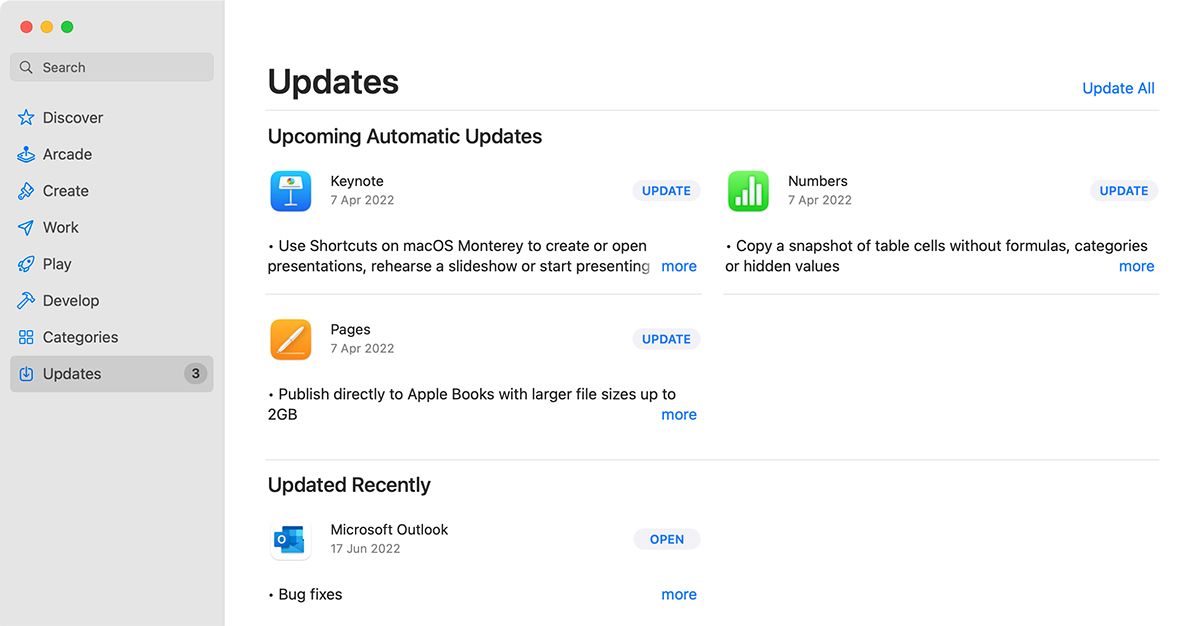It’s well known that all computers, including Macs, slow down over time. This drop in performance can be frustrating, and it’s easy to think that you need to splash out on extra RAM—or even buy a new machine—sooner than you’d like.
But there are a number of easy tweaks that can boost your computer’s performance and speed up that slow Mac, and they won’t cost you a penny.
Mistakes That Make Your Mac Run Slow
There are many common causes of a slow Mac, including not maintaining enough space on your hard drive, running too many background processes, and more.
Quick fixes, like closing demanding programs and clearing your caches, bring immediate performance improvements to your Mac. But if your computer still isn’t performing as you’d like, continue with the tips below.
1. Upgrade macOS
Operating system updates bring bug fixes, patches, and improvements that often increase the speed of your Mac. Apple releases a new macOS version every year, so it’s vital that you make sure your system is running the latest version to stay on top of any performance improvements.
The macOS update files can be pretty large, though. So if you’re running low on hard drive space, you’ll likely want to free that up first (see the next tip for more on that).
To update macOS, make sure your Mac is connected to a power outlet. Back up your Mac first, in case anything goes wrong. Click the Apple menu in the top-left corner of your screen and go to About This Mac > Software Updates.
If a software upgrade is available, you’ll see an Upgrade Now or Update Now button. Click that and the download will start.
After a while, your computer will restart itself, and walk you through the installation process. This update process will update not just the operating system, but also many of the default apps from Apple.
2. Free Up Hard Disk Space
As your storage drive reaches its capacity, performance drops off rapidly. Large files have been shown to have more of a negative effect on your Mac’s speed than small files. It’s always wise to keep at least 5 to 20% of your disk space free, if possible.
To check how much free space you have on your hard drive, open the Apple and go to About This Mac > Storage.
If you’re running low on space, it’s worth going through our guide on how to free up space on your Mac. That takes you through how to do each of the following processes:
- Empty the trash
- Uninstall apps you don’t use
- Find and delete large files
- Delete iTunes files and iOS backups
- Take a look at cloud storage apps
- Optimize storage in the photos app
- Store your Desktop and Documents folders in the cloud
In addition, we’d also recommend moving your photos and music libraries over to an external hard drive, as they can take up a huge amount of space. If yohu do this, make at least two copies (or back up with a cloud provider) in case one of your drives fails.
3. Remove Startup Items
Startup items can immensely slow down your Mac and delay a proper startup. It’s worth going through your startup items list and removing apps that may slow your Mac down. To do this:
- Go to System Preferences > Users & Groups and select your account name in the left sidebar.
- Click Login Items.
- Select the items you no longer wish to load at startup.
- Remove these by clicking the minus (–) button.
4. Delete Unnecessary Widgets
Having a bunch of widgets running in the background can also have an impact on your Mac’s speed. To remove some of these:
- Open the Notification Center by clicking the date or time in the top-right corner of the screen.
- Click Edit at the bottom of the Notification Center.
- Click the minus (–) button to remove any widgets that you don’t need.
5. Rebuild the Spotlight Index
If Spotlight has stopped returning the results you’d expect, or is running particularly slow, rebuilding the Spotlight index should help. Follow these steps to do so:
- Go to System Preferences > Spotlight > Privacy.
- Click the plus (+) button and select the drive or folders that you want to re-index.
- Confirm that you want to (temporarily) exclude these from Spotlight.
- Select the same drive or folder, and click the minus (–) button to remove these again.
This will force Spotlight to re-index that drive or folder, which should make Spotlight searches run more smoothly. This can take some time, so be patient if Spotlight seems finicky at first.
6. Turn Off Visual Effects
The barely-noticed visual effects of macOS can impact your computer performance more than you might think. To disable these:
- Go to System Preferences > Dock & Menu Bar.
- Disable Animate opening applications.
- Set the Minimize windows using option to Scale effect.
Then change your display settings:
- Go to System Preferences > Accessibility > Display.
- Enable Reduce Transparency.
7. Don’t Sync Too Much Cloud Data at Once
If you’re attempting to sync large folders to the cloud using services such as iCloud, Google Drive, or Dropbox, this will likely slow everything down. Be sure to routinely review which files and folders are uploading to the cloud to ensure you’re not sending too much at once.
You can review and adjust which data backs up to iCloud by going to System Preferences > Apple ID > iCloud.
To manage which folders sync with other cloud storage providers, you’ll generally need to go to the Preferences panel of the specific app that you use (like Dropbox or Google Drive). Try to avoid syncing folders that change frequently.
8. Set a Default Finder Folder
Each time you open Finder, it needs to load the folder set as its default. If this is a large folder, that can take more time than you might like (such as if you have tons of items on your desktop). Instead, you should change this to a smaller, less demanding folder so that Finder can load it faster:
- Open Finder.
- Go to the menu bar and click Finder > Preferences.
- In the General tab, go to the New Finder windows show dropdown and select a new default folder.
9. Remove Browser Add-Ons
Since so much of most people’s computer work these days happens within a browser, it can be easy to mistake a slow browser for a slow Mac. The easiest fix here is to remove unneeded and bulky add-ons or extensions from whichever browser you use.
Follow our detailed guide to remove your browser add-ons from different browsers to speed up your browser and Mac.
10. Keep Your Apps Up to Date
Outdated software that hasn’t been optimized for the latest macOS update can cause your Mac to feel slower than it really is. It’s therefore always worthwhile to keep the software on your computer up to date.
To do this, go to App Store > Updates. If any app updates are available, you’ll see them listed here. Either click to update each app individually or choose Update All in the top-right corner to install all available updates at once.
Mac Running Slow? Not Anymore!
With these simple tips, you should see a noticeable improvement in your Mac’s speed. However, if your machine still isn’t working at a speed that’s acceptable, you may want to do a fresh macOS installation to see if that solves the issue. Otherwise, a new Mac may be in order after all.

